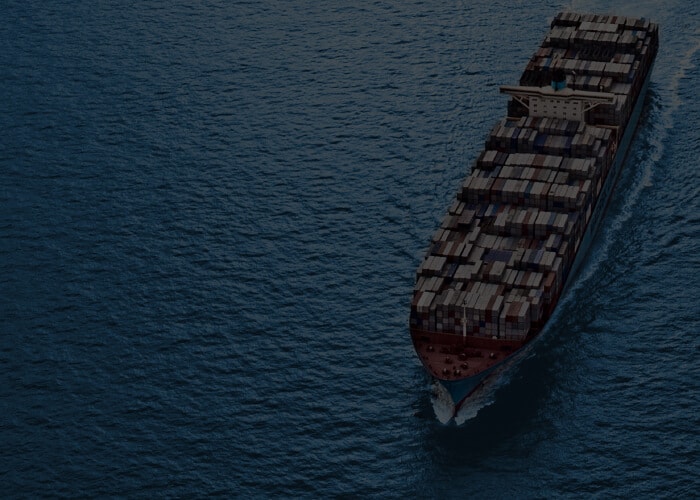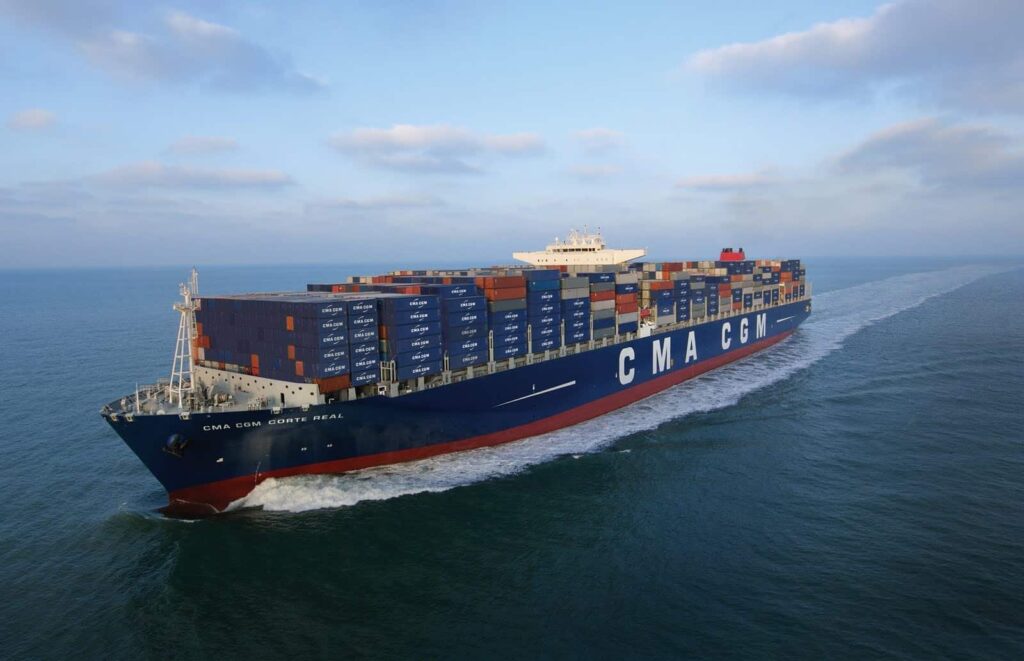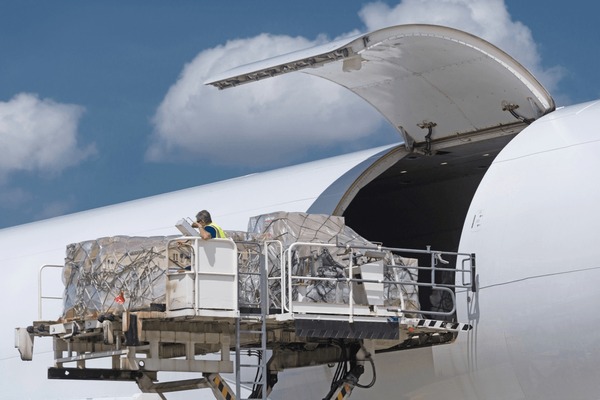The China shipping freight market plays a central role in global trade, influencing delivery times, costs, and supply chain efficiency. For importers in 2025, rising fuel prices, customs regulations, and changing capacity strategies create challenges. Nevertheless, with accurate knowledge of freight structures, cost comparisons, and digital tracking, businesses can reduce risks and secure reliable logistics.
What Determines China Shipping Freight Costs?
Shipping freight from China depends on several factors:
- Fuel prices: Bunker adjustment factors increase when oil prices rise.
- Carrier capacity: Blank sailings and space shortages push rates upward.
- Seasonal surcharges: Chinese New Year and holiday peaks elevate costs.
- Port congestion: Shanghai, Ningbo, and Shenzhen frequently face delays.
- Environmental compliance: Carbon levies and low-sulfur rules add charges.
Accordingly, freight rates remain volatile and require proactive planning.
How Much Does Container Shipping Cost?
| Container Type | To USA (West Coast) | To Europe (North) | To Australia |
|---|---|---|---|
| 20GP | $2,200–$2,500 | $1,900–$2,300 | $1,600–$1,900 |
| 40GP | $3,400–$3,800 | $3,100–$3,400 | $2,800–$3,100 |
| 40HQ | $3,600–$4,100 | $3,300–$3,600 | $3,000–$3,300 |
2025 averages; rates vary by season, port, and carrier.

How Long Does China Shipping Freight Take? Amazing
| Route | Standard Transit | Current Extended Time |
|---|---|---|
| Shanghai → Los Angeles | 18–20 days | 22–25 days |
| Ningbo → Hamburg | 28–30 days | 32–35 days |
| Shenzhen → Sydney | 12–14 days | 15–17 days |
Although delays remain common, experienced forwarders provide reliable ETAs using advanced tracking systems.
What Are the Pros and Cons of Freight Modes?
| Mode | Cost | Transit Time | Advantages | Disadvantages |
|---|---|---|---|---|
| Sea Freight | Lowest | 25–40 days | Best for bulk, affordable | Slow transit, congestion risks |
| Air Freight | Highest | 5–8 days | Fast and reliable | Very expensive |
| Rail Freight | Moderate | 14–20 days | Good for Europe | Limited routes |
| Multimodal | Variable | Flexible | Customized solutions | Requires coordination |
Sea freight dominates due to cost efficiency, but air and rail serve urgent or niche needs.
Real Case Studies of China Shipping Freight
Case 1: Shenzhen to Los Angeles (Electronics, 40HQ FCL)
- Cargo: 25 tons smartphones
- Mode: FCL sea freight
- Cost: $3,800
- Transit time: 25 days
- Remark: Importer absorbed higher costs but benefited from stable lead times.
Case 2: Ningbo to Rotterdam (Home Appliances, 2×40GP)
- Cargo: 42 tons washing machines
- Mode: FCL sea freight
- Cost: $6,900
- Transit time: 33 days
- Remark: Early booking saved 15% compared to spot rates.
What Customs Documents Are Required?
| Document | Purpose | Impact |
|---|---|---|
| Bill of Lading | Proof of shipment | Required for cargo release |
| Commercial Invoice | Declares value | Basis for duties & VAT |
| Packing List | Cargo breakdown | Facilitates inspections |
| Certificate of Origin | Confirms source | Needed for trade preferences |
| Import License | Restricted goods | Essential for compliance |
Errors in documents can cause delays, storage fees, or penalties.
Can Importers Negotiate Better China Shipping Freight Rates?
Yes. Practical strategies include:
- Booking shipments early to avoid seasonal surcharges.
- Consolidating small LCL shipments into FCL containers.
- Using alternative ports such as Qingdao or Xiamen.
- Partnering with experienced freight forwarders for negotiated contracts.
For example, shifting from LCL to FCL can cut per-unit costs by up to 20%.
How Does Tracking Enhance Freight Management?
Modern tracking platforms offer:
- Real-time visibility: Container and vessel status updates.
- Customs alerts: Reduce clearance delays.
- Data analytics: Support negotiations with carriers.
- Customer updates: Provide accurate delivery times.
Therefore, tracking strengthens reliability and customer confidence.
How Do Rising Freight Rates Affect Supply Chains?
- Higher landed costs: Reduce profit margins.
- Inventory challenges: Require buffer stock.
- Supplier diversification: Firms explore Southeast Asia.
- SME difficulties: Smaller importers face greater financial pressure.
As a result, shipping costs shape sourcing and pricing strategies globally.
Conclusion
The China shipping freight industry remains vital to international trade in 2025. Although costs and schedules fluctuate, importers can manage challenges by booking early, consolidating shipments, and leveraging digital tracking. Ultimately, businesses that collaborate with experienced forwarders, prepare accurate documents, and adapt to regulatory changes will reduce risks and achieve greater efficiency. By mastering China shipping freight, importers safeguard competitiveness and secure long-term success in global trade.
- Consult TJ China Freight Forwarding for the lowest quote. They will provide you with reliable, cost-effective service.
FAQ:
Q1.How can China shipping freight be optimized for e-commerce businesses?
E-commerce importers benefit from consolidated freight, tracking systems, and reliable forwarders to reduce costs while ensuring timely delivery.
Q2.Do different Chinese ports influence international freight reliability?
Yes, secondary ports like Qingdao may face less congestion, improving efficiency compared to major hubs such as Shanghai or Ningbo.
Q3.Can China shipping freight include bonded warehouse services?
Indeed, bonded warehouses allow temporary duty-free storage, giving importers flexibility for customs clearance and inventory management.
Q4.How do free trade agreements affect China shipping freight costs?
Preferential trade agreements lower tariffs, helping importers reduce customs duties while still covering freight and handling charges.
Q5.What role does digitalization play in China shipping freight operations?
Digital platforms streamline bookings, enable real-time tracking, and provide analytics that improve supply chain decision-making.




